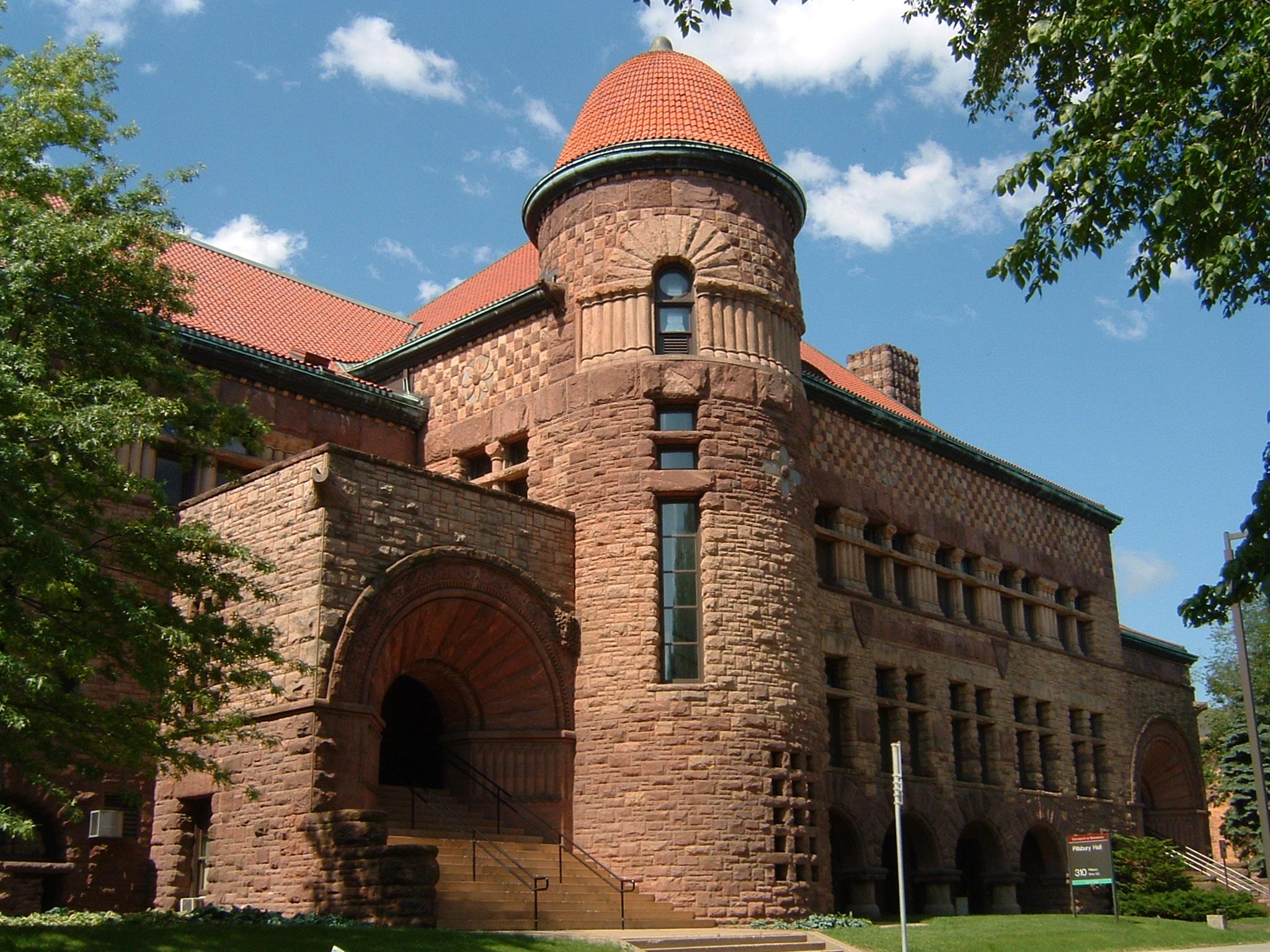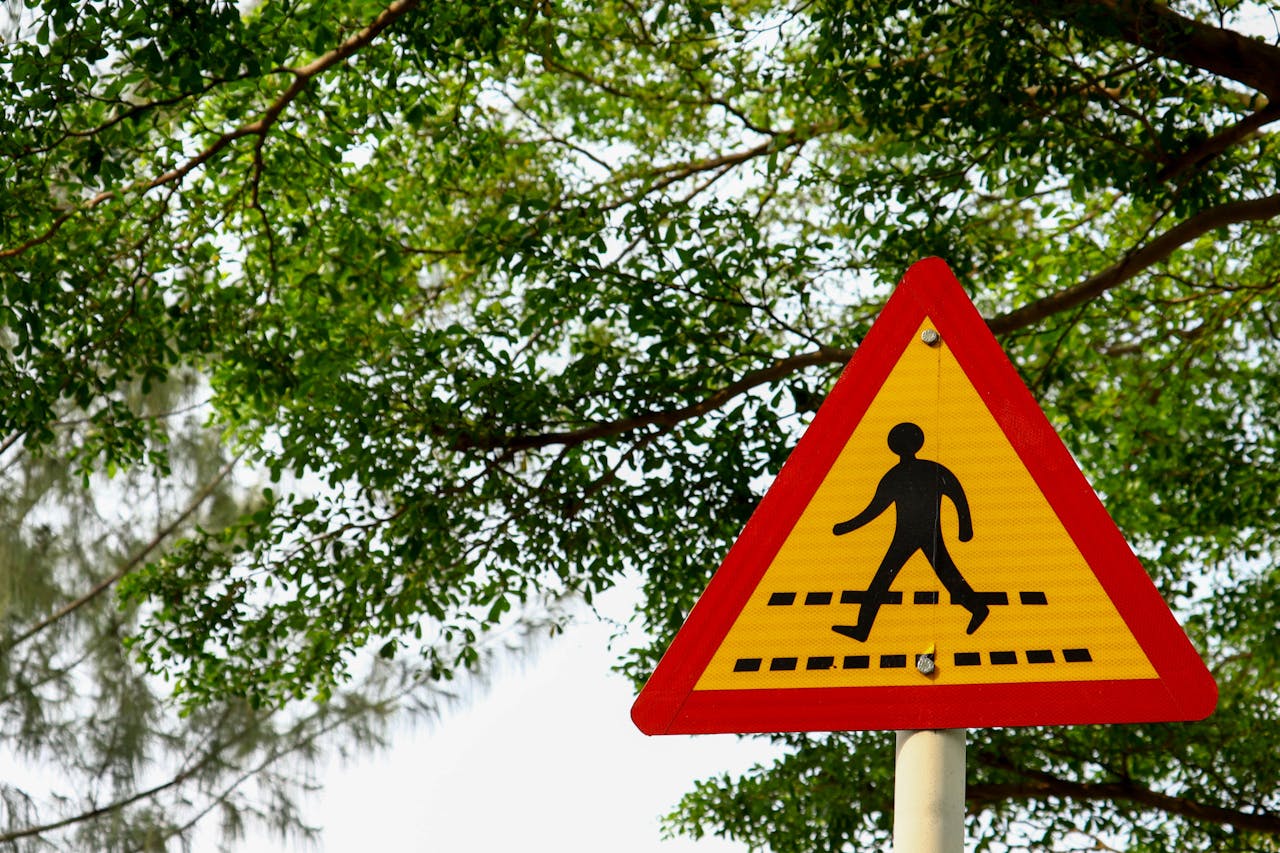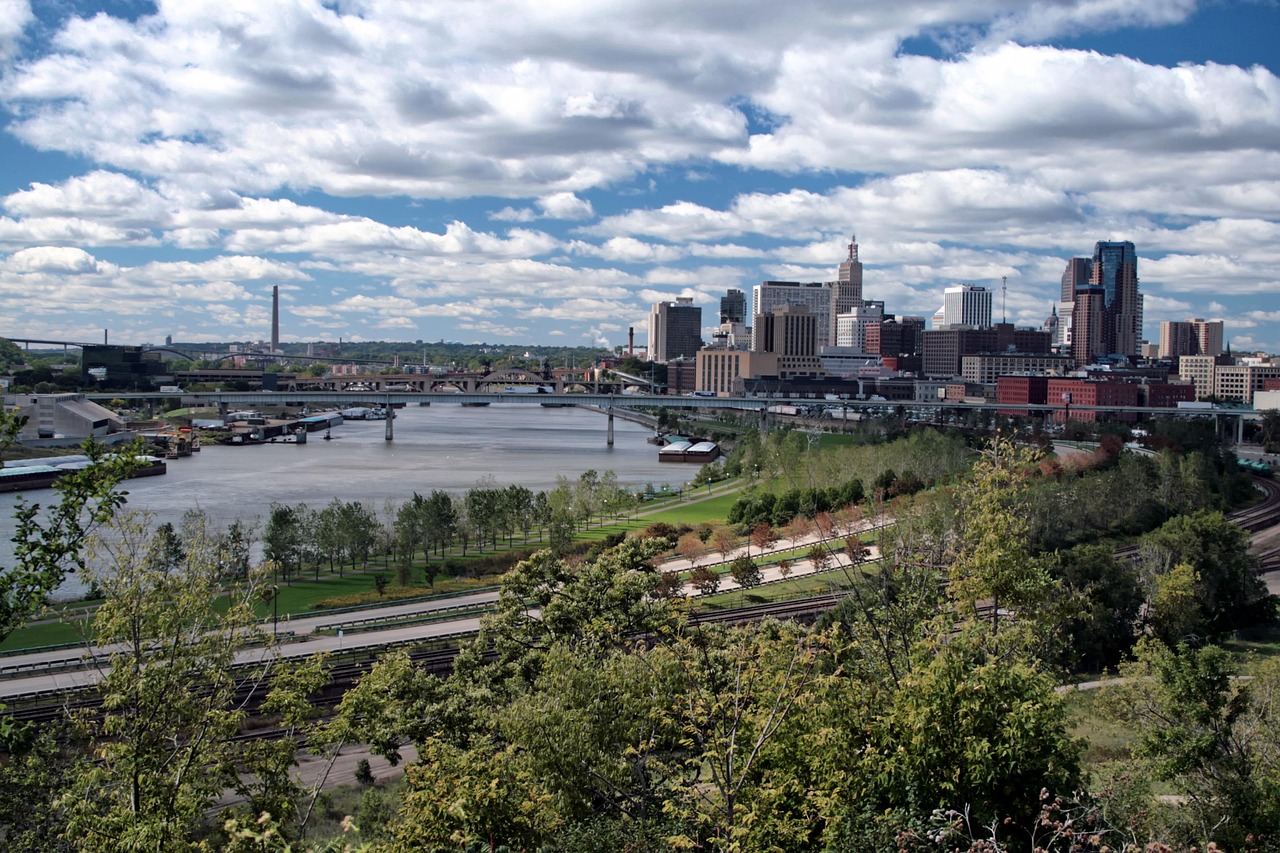The story starts with a simple worry. If signs that explain America’s history start vanishing from parks, what else disappears with them. In Minnesota, a handful of librarians and historians decided that waiting for a formal solution meant losing irreplaceable context. They leaned on a familiar skill set, rallied the public, and began building an archive that anyone could browse, reuse, and trust.
Here’s the thing about park signs. They turn landscapes into lessons. A trail marker links a volcano to deep time. A panel at a memorial threads a single name into a wider struggle. When removals and edits accelerated, the librarians responded with a clear plan. Ask visitors to snap photos, accept everything, catalog fast, and publish quickly so the record could outlast the moment.
The Spark In Minnesota

At the University of Minnesota, government publications librarian Jenny McBurney and historian Kirsten Delegard helped turn concern into action. Their reputations around open civic memory made it easy to recruit volunteers and partner institutions, from data folks to community historians. The goal stayed tight and practical. Build a people’s archive first, argue about policy later.
Momentum followed fast. Summer park traffic became a field team with cameras. Submissions arrived from families, rangers off shift, and travelers emptying old phone galleries. What this really means is that the archive grew because ownership felt shared, not gated. The project branded that spirit with a plain promise. Save our signs, so we can keep our stories.
Building a People’s Archive

The mechanics were straightforward. A lightweight site explained what to photograph, how to upload, and why every plaque, panel, or map mattered. No perfectionism. If a shot was crooked, they still took it. Completeness beat polish.
Cataloging leaned on librarian muscle memory. Contributors added park, place, and date when possible, while staff normalized fields and flagged duplicates. Two shorter entries in each batch helped the team maintain pace without bottlenecks.
Growth surprised even the organizers. The count vaulted from a few thousand to well past ten thousand, with images from Hawaii, the Virgin Islands, and nearly every state. The total now tops eleven thousand and continues to climb.
Public visibility mattered as much as storage. Press coverage, newsletters, and museum partners amplified the call. The archive launched as open access, signaling that the public created this collection and the public should use it.
Why Signs Matter

A sign is compact public humanities. It turns a viewpoint into evidence, a battlefield into choices, a redwood grove into stewardship. Take enough signs away and visitors lose the breadcrumb trail that links place to past, science to stakes. That gap is hard to feel in a headline but obvious at a trail junction.
There is also the memory problem. Artifacts can be preserved in vaults, but meaning requires words in public. These panels are where many people first learn about Indigenous presence, climate change, labor history, and civil rights. The archive keeps those starting points reachable when the originals go missing or are rewritten.
What Was Being Removed And Why
Conflicts sharpened around content judged disparaging or ideological. Critics warned that broad directives chilled interpretation on race, gender, and climate. The librarians did not wait to litigate intent. They documented outcomes as signs disappeared or were revised.
Examples piled up. Climate panels in Acadia were reportedly taken down. References to Coast Miwok and Southern Pomo communities at Muir Woods drew scrutiny. Each removal thinned the on-site record. The archive countered by keeping the earlier texts visible, with provenance.
Two shorter notes belong here. First, transparency around review criteria remained murky, which fueled public confusion. Second, the team focused on evidence over outrage, building credibility one caption at a time.
What this really means is simple. With a public upload portal and clear metadata, the campaign created a parallel memory path that does not rise or fall with policy swings. It is a pressure valve and a teaching tool.
Coast To Coast Response
Submissions crossed the map. Desert overlooks, coastal fortifications, prairie homesteads, civil rights sites in city cores. Families on vacation became field recorders, and retired rangers quietly sent scans from personal files. That range is why the dataset reads like America rather than a single region’s concern.
The number matters less than the coverage. Eleven thousand images mean interpretive programs can be compared across eras, not just saved in isolation. Researchers can track language, framing, and updates over time, park by park.
Librarianship As Civic Infrastructure

The deeper lesson is about trust. Librarians know how to hold contested material without flinching, describe it honestly, and give it back to the public. That posture drew contributions from people who avoid fights but believe in receipts. It also set a tone. Less heat, more records.
Partnerships multiplied because the rules were clear. Attribute contributors. Preserve context. Keep the door open to corrections. The team borrowed playbooks from earlier community projects and applied them to the parks at national scale.
What Comes Next For The Archive
First, fill obvious gaps. Some parks still have thin coverage, and older exhibits need rescans at higher resolution. The project plans targeted calls and travel-season pushes to round out the map.
Second, enrich the data. Link panels to source research, add alt text for accessibility, and capture before-and-after versions where edits occurred. That turns a photo trove into a longitudinal record.
Third, harden the infrastructure. Multiple mirrors, institutional custodians, and simple export tools keep the collection resilient. The point is durability. If policies change again, the public record will not blink.


